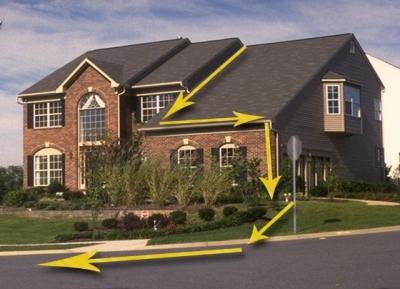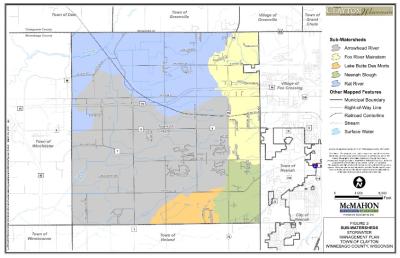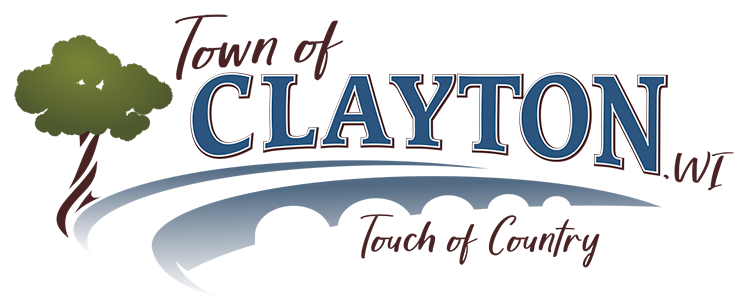
Storm Water Pollutants
When it rains or snow melts, storm water runoff flows across the surface of streets, parking lots, driveways, sidewalks, roofs, lawns, and other surfaces. As the water flows, storm water runoff collects and carries away pollutants such as sediment, fertilizer, pesticides, grass clippings, leaf debris, litter, pet waste, soap, motor oil, and antifreeze. Some pollutants are partially removed by pollutant reduction practices, such as wet detention ponds. Other pollutants are not reduced before discharging into local streams, rivers, and lakes.
How Can I Help Reduce Storm Water Pollutants?
Storm water pollution occurs from a wide variety of activities. Each of us can contribute to the problem without fully realizing. You can help reduce pollution by keeping potential pollutants away from storm drains, ditches, and waterways. Actions that landowners and businesses can take to help reduce the amount of storm water pollutants discharged into local water bodies are listed below. Printable information on each subject is available at the following website: Storm Water Management Materials
- Pet Waste - Good Dog, Good Owner
- Kids Can Help Too
- Vehicle Washing - Vehicle Maintenance
- Lawn Care & Fertilizers - The Perfect Lawn
- Leaves & Yard Waste - Leave Your Leaves on Land
- Residential Infiltration - The Perfect Landscape
- Streams & Shorelines - Restore Your Shore
- Green Infrastructure
- Construction - Construction, BMPs, Erosion, Sediment
- Household Waste - Household Hazardous Waste
- Pool / Spa Discharge
- Power Washing
- Carpet Cleaning

The U.S. Environmental Protection Agency (EPA) and Wisconsin Department of Natural Resources (DNR) require the Town to operate its storm water system in conformance with the WPDES Municipal Storm water Discharge Permit. The purpose of the MS4 Permit is to regulate and reduce pollutants discharged into local water bodies. The Town discharges into the Fox River, Neenah Slough, Rat River, Arrowhead River, and Lake Butte des Morts. Each year, the Town submits an annual report to the Wisconsin DNR, which summarizes its permit activities from the prior calendar year. Copies of past reports are below.
In 2012, the EPA approved a Total Maximum Daily Load (TMDL) or “pollution diet” for the Fox River and Neenah Slough. In 2020, the EPA approved a Total Maximum Daily Load (TMDL) or “pollution diet” for Rat River, Arrowhead River, and Lake Butt des Morts. The TMDL requires the Town and other local municipalities to develop programs and construct improvements in order to reduce discharges of sediment and phosphorus into the water bodies, with the goal of improving water quality. As part of the process, the Wisconsin DNR requires each regulated municipality to develop a TMDL Action Plan to reduce pollutants in urban stormwater runoff, including the Town. For additional information on Wisconsin’s TMDL process and the TMDL reports for the Lower Fox River Basin and Wolf River Basin, please visit the DNR website.
